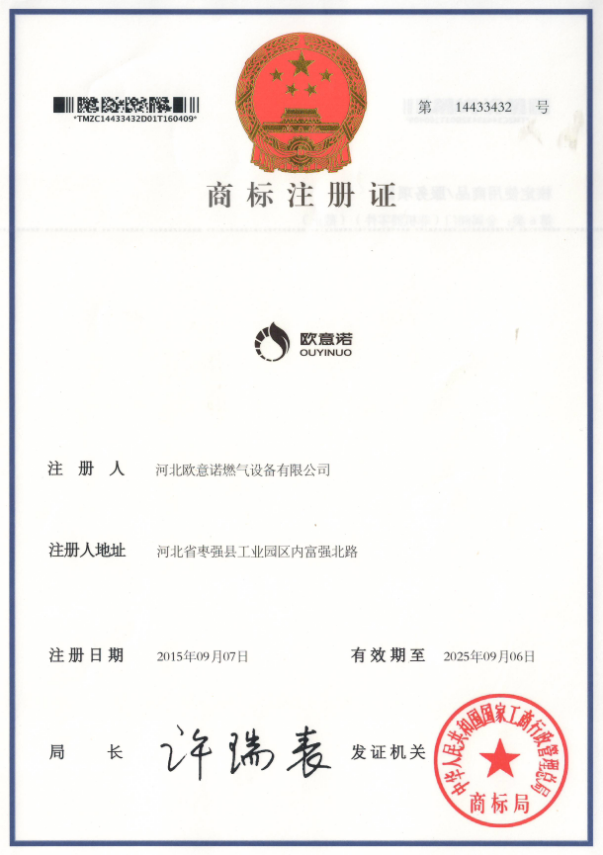
Dec . 06, 2024 18:05
Back to list
gas pressure reducing station
Gas Pressure Reducing Stations Ensuring Safe and Efficient Gas Distribution
Gas pressure reducing stations play a crucial role in the distribution of natural gas, ensuring that it reaches consumers safely and efficiently. These facilities are designed to lower the pressure of gas from the high-pressure transmission line to a level suitable for residential, commercial, or industrial use. Understanding their function, design, and impact on the gas supply chain is essential for appreciating how critical they are in our daily lives.
The Importance of Gas Pressure Reducing Stations
Natural gas is transported over long distances through high-pressure pipelines. However, this elevated pressure is not suitable for consumer or industrial applications. Gas pressure reducing stations serve as the intermediary, transforming high-pressure gas into a lower pressure that can safely enter the local distribution network. Without these stations, gas systems would be at significant risk of damage, and the supply to end-users would be inconsistent or even dangerous.
These stations serve multiple purposes beyond simply reducing pressure. They also help ensure gas quality by allowing for the incorporation of metering and odorization systems. This is vital, as it helps maintain safety standards and regulatory compliance. Furthermore, the stations can include filtration systems to remove particles and contaminants, ensuring that the gas supplied to consumers is clean and safe to use.
Components of a Gas Pressure Reducing Station
A typical gas pressure reducing station consists of several key components. The primary component is the pressure regulator, which reduces the input pressure of the gas to a predetermined output pressure. Regulators come in various designs, including direct-operated, pilot-operated, and spring-loaded variants, each suited for different applications and pressure ranges.
In addition to regulators, gas pressure reducing stations are equipped with safety devices such as relief valves. These valves act as a safety mechanism to prevent excessive pressure build-up, which could lead to catastrophic failures. Flow meters, which measure the volume and flow rate of gas, are also crucial components. These meters help in monitoring the consumption and maintaining accurate billing for customers.
gas pressure reducing station

Furthermore, gas odorization systems are often part of these stations. Natural gas is odorless, which poses a safety risk in case of leaks. Therefore, an odorant, typically mercaptan, is added to give the gas a distinct smell, aiding in leak detection. This stage is essential for ensuring the safety of communities and compliance with regulatory standards.
Safety and Operational Considerations
Safety is a paramount concern in the operation of gas pressure reducing stations. Operators must continuously monitor system pressure, flow rates, and the condition of components. Regular maintenance checks are essential to ensure that all systems are functioning properly and safely. In addition, workforce training is critical, as personnel need to be well-versed in emergency response protocols and operational best practices.
Technological advancements have improved the efficiency and safety of gas pressure reducing stations. Automated monitoring systems allow for real-time data tracking, alerting operators to any irregularities that could signal a problem. This proactive approach to maintenance and monitoring helps mitigate risks associated with gas distribution.
Environmental and Economic Impact
Gas pressure reducing stations also play a role in minimizing environmental impact. By ensuring that natural gas is delivered safely and efficiently, these stations help reduce the likelihood of emissions associated with gas leaks. Moreover, the efficient distribution of natural gas contributes to economic stability, as natural gas remains a key energy source for many industries and households.
In conclusion, gas pressure reducing stations are an integral part of the natural gas distribution network, ensuring that gas is delivered safely and efficiently to consumers. Their role goes beyond pressure regulation; they also enhance gas quality, promote safety, and support environmental and economic objectives. As the demand for natural gas continues to rise, the importance of these stations will only increase, highlighting the need for ongoing attention to their design, operation, and maintenance.
Next:
Latest news
-
Safety Valve Spring-Loaded Design Overpressure ProtectionNewsJul.25,2025
-
Precision Voltage Regulator AC5 Accuracy Grade PerformanceNewsJul.25,2025
-
Natural Gas Pressure Regulating Skid Industrial Pipeline ApplicationsNewsJul.25,2025
-
Natural Gas Filter Stainless Steel Mesh Element DesignNewsJul.25,2025
-
Gas Pressure Regulator Valve Direct-Acting Spring-Loaded DesignNewsJul.25,2025
-
Decompression Equipment Multi-Stage Heat Exchange System DesignNewsJul.25,2025

